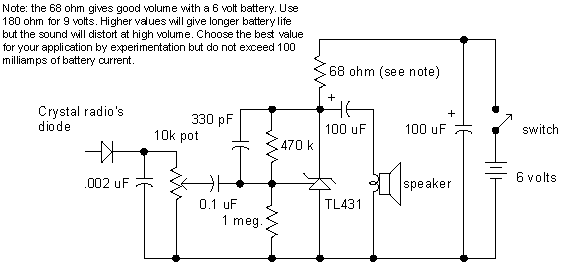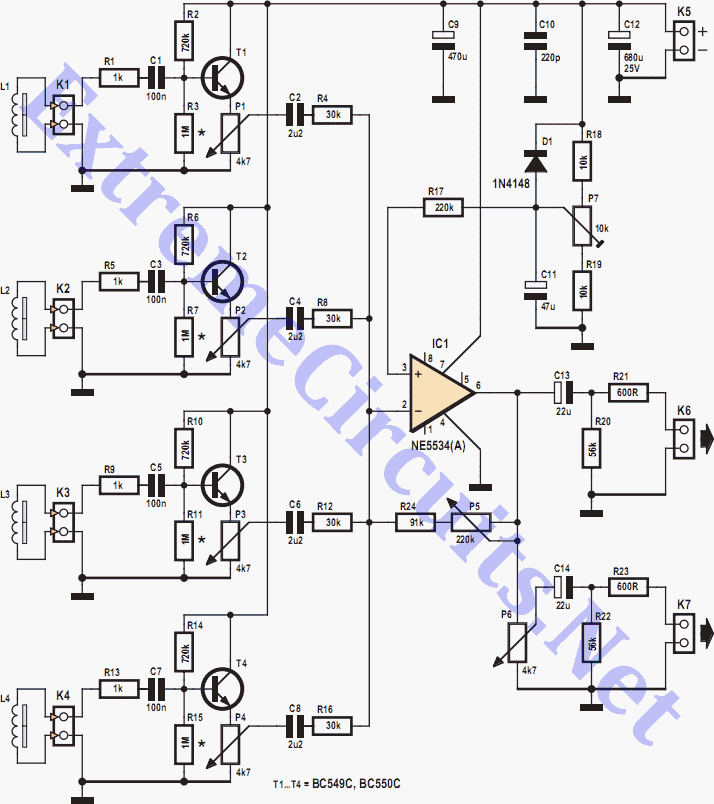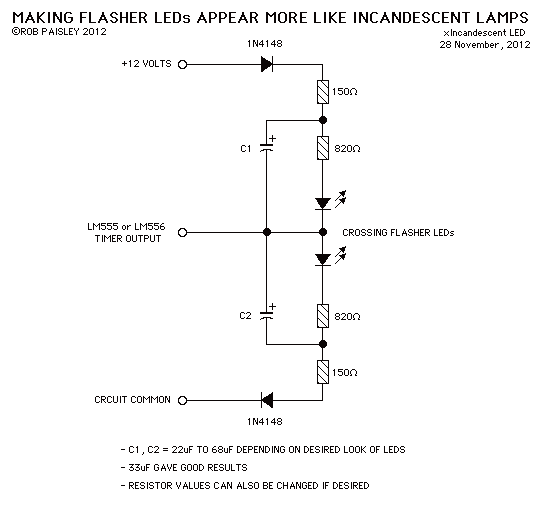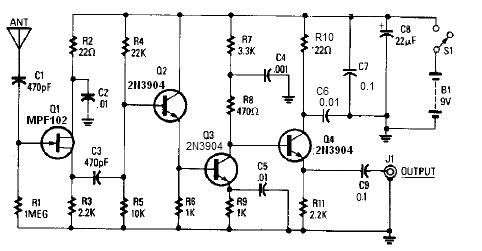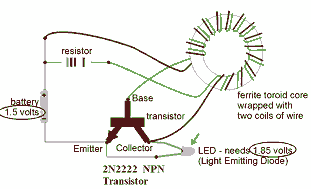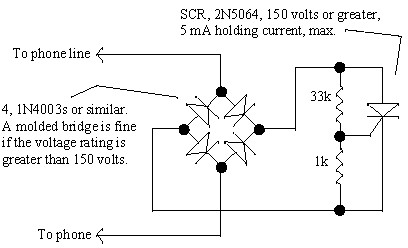
555 tlc555 relay driver circuit
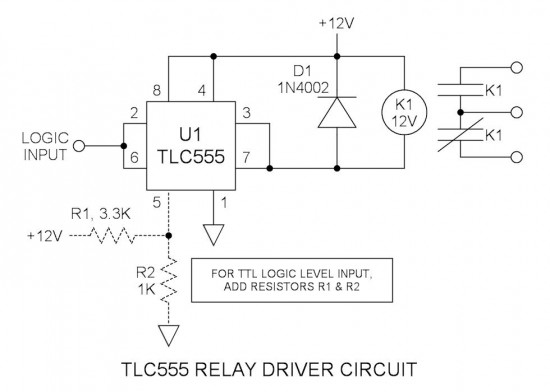
Many integrated circuits possess undocumented features or capabilities. One such example is the TLC555, which can sink a 100mA load down to 1.28V at its output (pin 3). The open-drain transistor reset (pin 7) can also sink 100mA to 1V. Connecting both lines is permissible since they share the same logical polarity, potentially doubling the sink current capability to 200mA. This feature is particularly suitable for driving a 133mA relay coil. Although the NE555 has a higher current rating, its saturation voltage is significantly worse, which is a disadvantage when driving loads that require minimal voltage drop. The TLC555 exhibits characteristics similar to TTL, with its sourcing ability being considerably lower than its sinking ability. However, for relay operation, the focus is primarily on current sinking properties. A 40A automotive relay (contactor) has been selected for this application, as its coil current exceeds the TLC555 output sink current rating, making it a suitable choice. The manufacturer or part number is unknown. The distinction between a relay and a contactor is not well-defined, but typically, relays are used for signal applications up to approximately 20A, while contactors handle 40A or more in power applications. The trigger input (pin 2) and the threshold input (pin 6) are tied together, which is a common practice. With a 12V supply, the upper threshold voltage is 8V, and the lower threshold is 4V. The significant difference between these two voltage levels creates an effective Schmitt trigger. The circuit can be driven directly by 4000 series CMOS logic powered at 12V. To ensure compatibility with TTL logic levels, two resistors can be added as shown in the schematic. This modification reduces the internal divider to a lower voltage, yielding calculated levels of approximately 1.4V and 2.8V, respectively.
The TLC555 timer IC is a versatile device commonly used in various applications due to its ability to function as a timer, pulse generator, or oscillator. In this particular configuration, the focus is on its current sinking capabilities, which are crucial for driving inductive loads such as relay coils. The output pin (pin 3) is designed to handle a maximum sink current of 100mA, making it suitable for controlling moderate loads. By tying the reset pin (pin 7) to the output, the effective sink current can be increased to 200mA, allowing for the reliable operation of a 133mA relay coil without exceeding the IC's specifications.
The relay selected for this application is a 40A automotive relay, which is designed to handle higher current loads typically associated with automotive applications. This relay is activated by the output from the TLC555, ensuring that the relay coil is energized properly. The choice of a relay over a contactor is based on the specific current requirements of the application, where relays are generally used for lower current applications, while contactors are employed for higher current scenarios.
The configuration of the TLC555 includes a Schmitt trigger arrangement, achieved by tying the trigger input (pin 2) and threshold input (pin 6) together. This setup provides a hysteresis effect, allowing the circuit to avoid false triggering due to noise or fluctuations in the input signal. The defined upper and lower threshold voltages (8V and 4V) create a stable switching point, which is critical for reliable operation in digital logic applications.
For interfacing with 4000 series CMOS logic, the circuit is designed to accommodate TTL logic levels through the addition of two resistors. This adjustment modifies the internal voltage divider, ensuring that the input levels are compatible with standard TTL logic thresholds of approximately 1.4V and 2.8V. This adaptability enhances the versatility of the TLC555 in various digital applications, allowing it to function seamlessly alongside different logic families.
In summary, the TLC555 timer IC provides a robust solution for driving relay coils in applications requiring reliable current sinking capabilities. Its ability to operate with both CMOS and TTL logic levels, combined with its enhanced current handling through strategic pin connections, makes it an excellent choice for a variety of electronic control circuits.Many integrated circuits have undocumented features or abilities. This is one of them. The TLC555 output (pin 3) can sink a 100mA load to 1. 28V. The open drain transistor reset (pin 7) can sink 100mA to 1V. Tying both lines together is permissible because they are logically the same polarity and this potentially doubles the sink current ability to 200mA. This is ideal for driving my 133mA relay coil. While it can be seen that the NE555 has the higher current rating, its saturation voltage is grossly inferior and this is a detriment in driving loads without excessive voltage drop. Also it can be seen that the TLC555 is much like TTL in that its sourcing ability is far less than its sinking ability.
However for driving a relay, we are interested only in current sinking properties. This is a 40A automotive relay (contactor) that I selected for this application. Since its coil current exceeds the TLC555 output sink current rating, it is a good candidate. Manufacturer or part number is unknown. What is the difference between a relay and a contactor There is no clear difference other than perhaps current rating and/or application ”to me, relays are anything from signal devices to approx 20A. Anything rated at 40A or larger, or is used in power applications is a contactor. The trigger input (pin 2) and the threshold input (pin 6) pins are tied together ”this is commonly done.
With a 12V supply, the upper threshold is 8V and the lower is 4V. The two voltage levels, being far apart, make a great Schmitt trigger. This may be driven directly by 4000series CMOS logic that is also powered via 12V. To make it compatible with TTL logic levels, simply add the two resistors that are shown in the schematic. This loads down the internal divider to a lower voltage. The calculated levels are approx. 1. 4 and 2. 8V respectively. 🔗 External reference
The TLC555 timer IC is a versatile device commonly used in various applications due to its ability to function as a timer, pulse generator, or oscillator. In this particular configuration, the focus is on its current sinking capabilities, which are crucial for driving inductive loads such as relay coils. The output pin (pin 3) is designed to handle a maximum sink current of 100mA, making it suitable for controlling moderate loads. By tying the reset pin (pin 7) to the output, the effective sink current can be increased to 200mA, allowing for the reliable operation of a 133mA relay coil without exceeding the IC's specifications.
The relay selected for this application is a 40A automotive relay, which is designed to handle higher current loads typically associated with automotive applications. This relay is activated by the output from the TLC555, ensuring that the relay coil is energized properly. The choice of a relay over a contactor is based on the specific current requirements of the application, where relays are generally used for lower current applications, while contactors are employed for higher current scenarios.
The configuration of the TLC555 includes a Schmitt trigger arrangement, achieved by tying the trigger input (pin 2) and threshold input (pin 6) together. This setup provides a hysteresis effect, allowing the circuit to avoid false triggering due to noise or fluctuations in the input signal. The defined upper and lower threshold voltages (8V and 4V) create a stable switching point, which is critical for reliable operation in digital logic applications.
For interfacing with 4000 series CMOS logic, the circuit is designed to accommodate TTL logic levels through the addition of two resistors. This adjustment modifies the internal voltage divider, ensuring that the input levels are compatible with standard TTL logic thresholds of approximately 1.4V and 2.8V. This adaptability enhances the versatility of the TLC555 in various digital applications, allowing it to function seamlessly alongside different logic families.
In summary, the TLC555 timer IC provides a robust solution for driving relay coils in applications requiring reliable current sinking capabilities. Its ability to operate with both CMOS and TTL logic levels, combined with its enhanced current handling through strategic pin connections, makes it an excellent choice for a variety of electronic control circuits.Many integrated circuits have undocumented features or abilities. This is one of them. The TLC555 output (pin 3) can sink a 100mA load to 1. 28V. The open drain transistor reset (pin 7) can sink 100mA to 1V. Tying both lines together is permissible because they are logically the same polarity and this potentially doubles the sink current ability to 200mA. This is ideal for driving my 133mA relay coil. While it can be seen that the NE555 has the higher current rating, its saturation voltage is grossly inferior and this is a detriment in driving loads without excessive voltage drop. Also it can be seen that the TLC555 is much like TTL in that its sourcing ability is far less than its sinking ability.
However for driving a relay, we are interested only in current sinking properties. This is a 40A automotive relay (contactor) that I selected for this application. Since its coil current exceeds the TLC555 output sink current rating, it is a good candidate. Manufacturer or part number is unknown. What is the difference between a relay and a contactor There is no clear difference other than perhaps current rating and/or application ”to me, relays are anything from signal devices to approx 20A. Anything rated at 40A or larger, or is used in power applications is a contactor. The trigger input (pin 2) and the threshold input (pin 6) pins are tied together ”this is commonly done.
With a 12V supply, the upper threshold is 8V and the lower is 4V. The two voltage levels, being far apart, make a great Schmitt trigger. This may be driven directly by 4000series CMOS logic that is also powered via 12V. To make it compatible with TTL logic levels, simply add the two resistors that are shown in the schematic. This loads down the internal divider to a lower voltage. The calculated levels are approx. 1. 4 and 2. 8V respectively. 🔗 External reference
